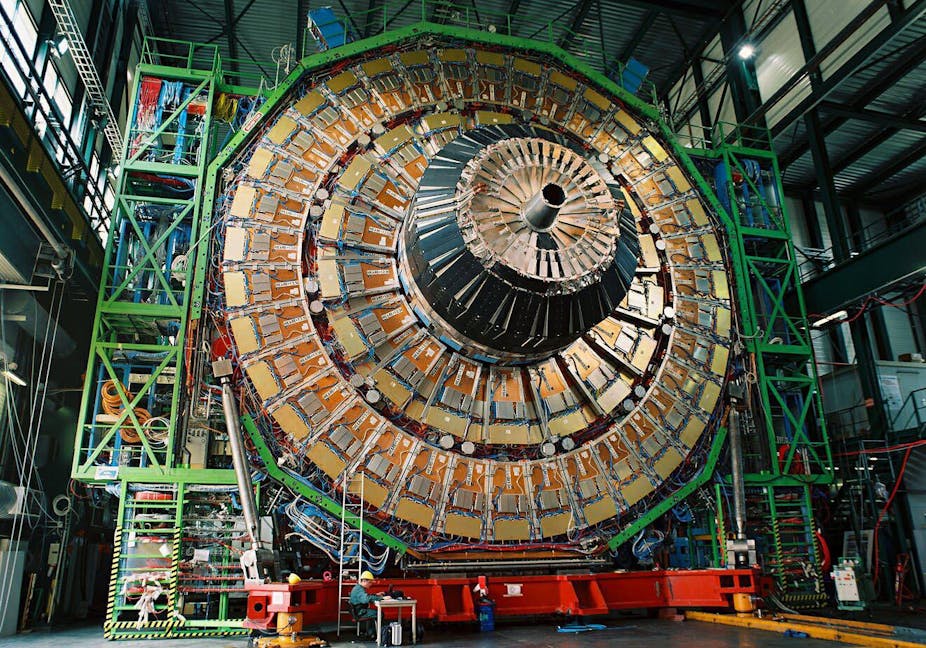The recent case of Neon Roberts and the legal dispute over his treatment for a brain tumour threw the spotlight on the potential risks of using radiotherapy to treat complex cancers in children.
Radiotherapy is an effective way of targeting cancerous tumours but it can also affect the surrounding healthy tissues. Unpleasant side effects can include permanent damage to precious organs or the appearance of new cancers caused by the radiation - these are particularly difficult problems in growing children. Proton beam radiotherapy, which uses high energy charged particles (CPs) to target cancers more directly, can be less damaging than using X-rays but is hugely expensive.
Scientists behind the Large Hadron Collider at CERN are planning to develop the technology - built to discover the higgs boson particle - to futher study how CPs can be used to kill cancer cells while limiting the amount of radiation for surrounding healthy tissues.
The project is not yet funded and would require considerable multinational support but the scientists at CERN are at the cutting edge of particle physics research and the opportunity to develop proton beam therapy is an important one.
In children, the risk of new cancers caused by radiation (which can appear two to 50 years after treatment) could be cut by using CPs. The reduction in unnecessary radiation should also make it more effective as a therapy for children with rare cancers - in the brain or the spine for example - and improve the quality of life for patients cured after radiation alongside other treatments such as surgery and chemotherapy.
But CPs and proton beam therapy is costly, largely because of the initial cost of the equipment. Expensive particle accelerators have only recently become commercially available and the treatment is only available in one hospital in the UK which treats eye tumours. Since 2008, the majority of young people funded by the NHS are referred overseas.
This is where the Large Hadron Collider, the world’s largest particle accelerator, could prove useful in improving our knowledge of these beams and how different types of cells react to intense, localised radiation produced by these beams.
When a fast charged particle is used in treatment, it leaves a “dose” of ions (atoms with an electrical charge) along its path. The clustering of this ionisation changes according to the type of tissue and the distance the particle travels. Too much clustering of radiation in some areas causes bigger biological effects, which can be measured using something called the relative biological effect(RBE).
In principle, this RBE effect requires treatment to be varied according to different types of cancer in different parts of the body. In a brain cancer, for example, if the area around the tissue being treated contains important structures such as optic nerves which link the eyes to the brain, then serious damage will occur if the relative biological effect RBE is larger in these nerves than in the tumour. This could lead to blindness. This is less important in tissues such as the lungs and the special case of the liver, which is able to regenerate. Getting the sums wrong, though, could mean that too little radiation is sent to the tumour.
At present the scope for research in hospital-based CP centres is limited but there is considerable potential to develop CP technology, its dependability, accuracy and how someone receiving treatment goes through the process, with greater use of automation and computers.
Scientists at CERN are already working to develop smaller proton beam devices that could be used in hospitals and have also identified one type of particle accelerator that could be modified in order to study RBE. This can also be tested on “phantoms” - artificial humanoid body like shapes - to simulate the conditions within the body.
High quality imaging technology such as CT and MR scanners are also essential to the success of CP therapy, but if this type of therapy is developed further and costs brought down, it means that more people - and children - will be able to have their treatment here at home.

